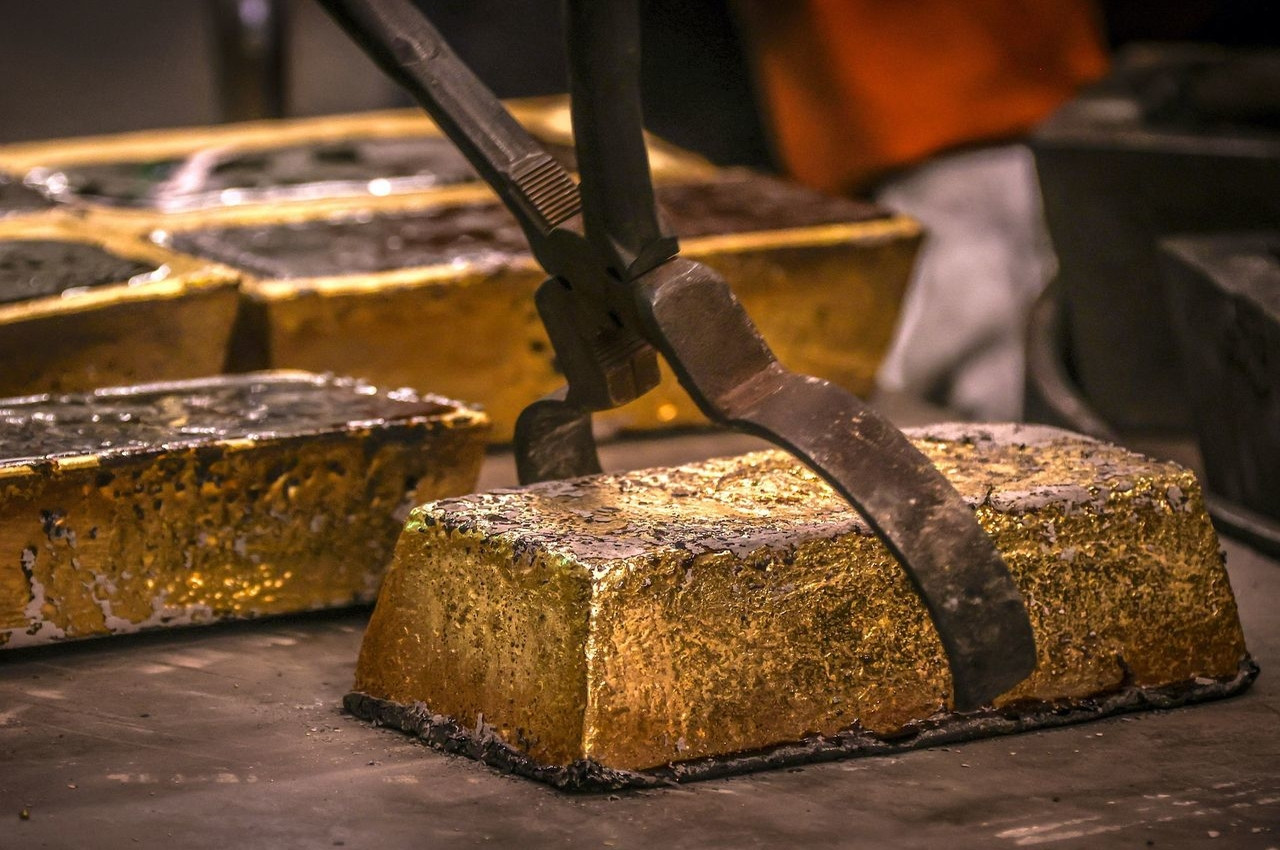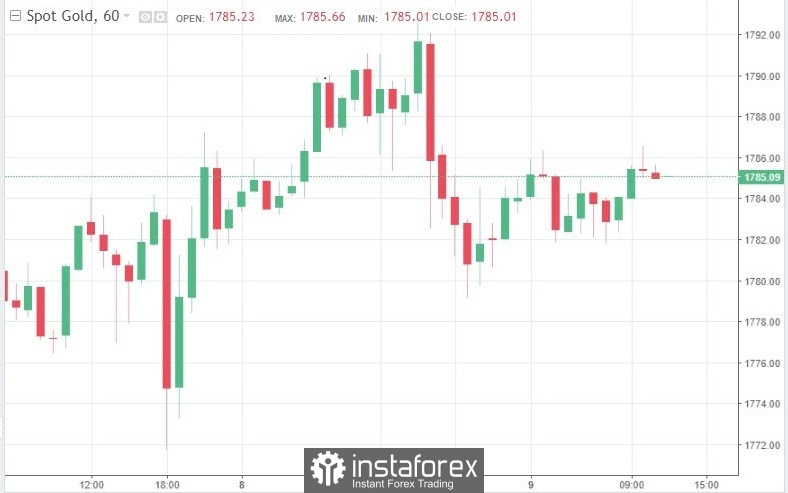
Gold is stuck again in a narrow price range. On Wednesday, the level of $1,780 seemed to magnetize gold quotes to itself. They were brought into a state of stupor by comprehensive uncertainty.
The precious metal ended yesterday's session with a very modest increase. It rose by less than 0.1% or 80 cents. The final price was $1,785.50, although its price reached the high ($1,794. 30) since December 1.

Gold failed to gain a foothold at a level close to the key one due to the lack of convincing impulses. At the moment, all the factors that one way or another may affect the pricing of the yellow asset look vague.
This concerns the situation with a new strain of coronavirus, the future course of the US Federal Reserve, as well as the risk of a military conflict in Ukraine. Now, the market expects certainty on all these issues.
Omicron can still help
The panic over the new COVID-19 strain, which has been observed over the past almost 2 weeks, is gradually fading. Investors are again showing interest in risky assets such as stocks. On Wednesday, US stock markets closed in a positive zone after receiving good news from Pfizer.
The pharmaceutical company reported that during laboratory tests, 3 doses of its vaccine managed to neutralize the "Omicron" strain. In addition, Pfizer CEO Albert Bourla said that a new vaccine, which, if necessary, will be developed specifically for this COVID-19 mutation, may be ready by March next year.
As concerns about Omicron weaken, traders' appetite for a safe haven asset decreases. However, experts believe that now is not the right time to part with gold.
According to analyst Ross Norman, the value of the yellow asset may still find support from coronavirus risks in the near future, since investors will focus at the end of the year on the prospect of introducing more serious lockdowns due to the active spread of Omicron.
Is the Fed's strategy a real threat?
The next meeting of the US central bank on monetary policy will be held on December 14-15. Many analysts are confident that the easing of concerns about the new COVID-19 strain, which is observed this week, actually frees the hands of the US Federal Reserve.
Now, all the attention of the regulator is focused on accelerating the pace of curtailing the asset purchase program, which was launched at the beginning of the pandemic. Fed Chairman Jerome Powell said that it would be advisable not to delay this issue and consider it at the next meeting.
Such a rush is due to the fact that the central bank is striving to start raising interest rates as soon as possible and increased inflation no longer seems to the regulator to be a temporary phenomenon.
Some experts believe that the trigger may be tomorrow's publication of the consumer price index in the United States. Economists expect annual inflation to rise to the highest level in recent decades.
Before the release of important statistics, the yield on US Treasury bonds rose above 1.5%, which put pressure on gold. However, the metal managed to resist a sharp decline and even closed in a positive zone, as the dollar index turned out to be weaker than the euro and fell by 0.5% on Wednesday.
Meanwhile, market strategist Ricardo Evangelista predicts that the US currency will appreciate in the coming days. He said that this currency will find support as soon as the Fed's hawkish stance becomes more evident. This will deal a devastating blow to gold.
Gold loves geopolitical risks
Another important factor in the gold market, which has been closely watched by investors in recent days, is the escalation of the military conflict on the Russian-Ukrainian border.
Gold, which loves geopolitical risks, has responded to the long-awaited negotiations with small growth. During the day, it rose by 0.3%. However, there is no significant increase in the demand for a safe shelter in the market now, because "nothing has changed" after the negotiations and there is still great uncertainty around this situation, analyst Jeff Wright said.
Meanwhile, Market strategist Jim Vykoff believes gold will ultimately benefit from the meeting's failure to de-escalate Russia's intentions to invade Ukraine.
According to him, the situation will become even tenser. This means that safe-haven assets (gold and silver) are likely to be more in demand in the near future.
 English
English 
 Русский
Русский Bahasa Indonesia
Bahasa Indonesia Bahasa Malay
Bahasa Malay ไทย
ไทย Español
Español Deutsch
Deutsch Български
Български Français
Français Tiếng Việt
Tiếng Việt 中文
中文 বাংলা
বাংলা हिन्दी
हिन्दी Čeština
Čeština Українська
Українська Română
Română

